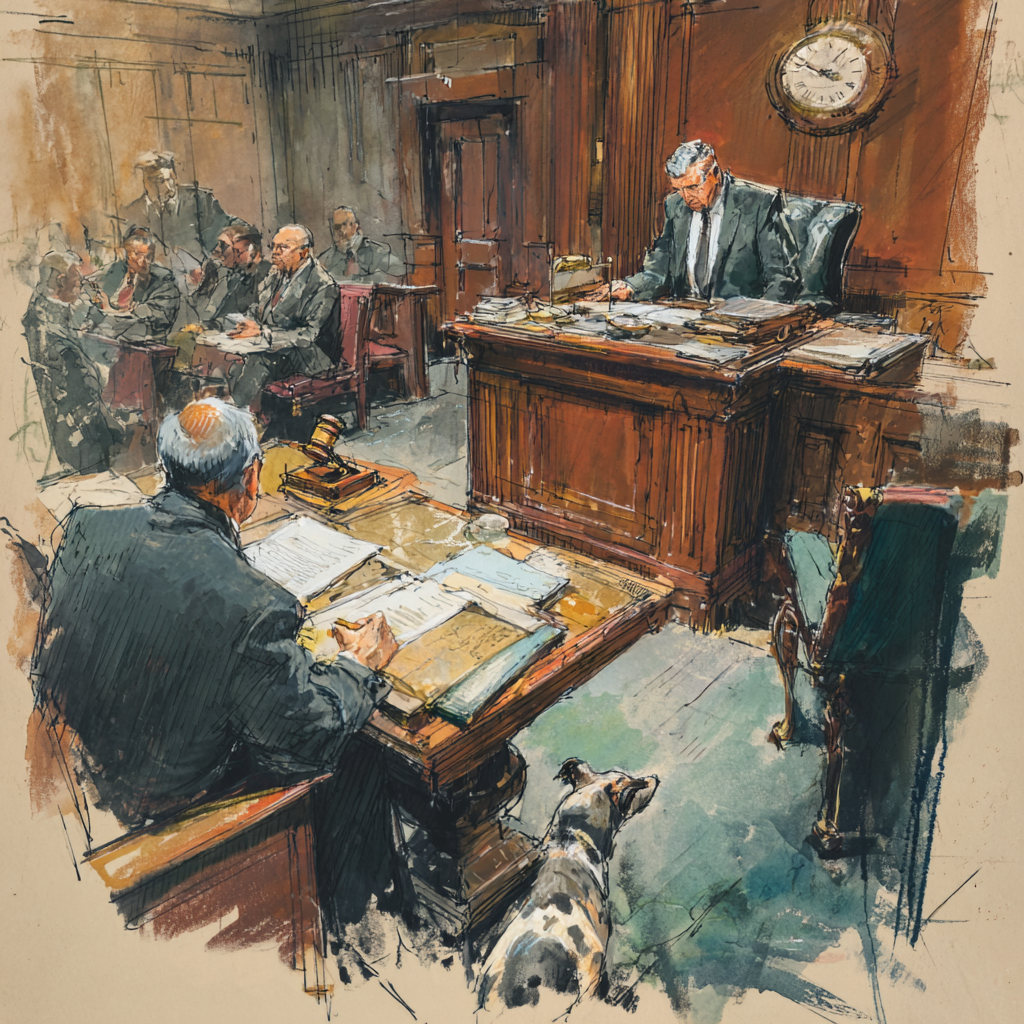Ford v Phillips, 2014 NY Slip Op 07037 (3d Dept. 2014)
This one struck me as odd when I read it 2 weeks ago.
(1) “Defendants met their initial burden of establishing that they had been released from [*2]plaintiff’s claims by submitting the signed release. Contrary to plaintiff’s contention, no affirmation from a party with personal knowledge was required to authenticate the release; plaintiff admits that he signed the document, and its facially valid terms establish that he released all personal injury claims against defendants arising out of the June 2012 accident. Accordingly, the burden shifted to plaintiff to establish the existence of issues of fact as to whether the release bars this action”
(2) “Plaintiff submitted an affidavit asserting that a claims representative for Travelers contacted him shortly after the accident to arrange a meeting at plaintiff’s home. During this meeting, the representative allegedly induced plaintiff to sign the release by assuring him that he had suffered only “soft tissue injuries” that would heal over time and that Travelers would “take care of [plaintiff]” if his injuries turned out to be “something serious.” Plaintiff asserts that the representative stated that Travelers was an “up-and-up company” that “doesn’t play games,” that New York law required the company to take care of “any permanent injury,” and that Travelers had recently paid $20,000 to another injured party who had undergone surgery after signing a release. Finally, plaintiff claims that the representative told him that the $750 payment represented interim reimbursement for time and fuel expenses related to medical appointments, rather than a final settlement. Plaintiff asserts that he read the release but did not understand its significance because he had never been involved in a personal injury automobile accident before, and that he relied upon the representative’s alleged statements in executing the release. He further asserts that he suffered herniated disks as a result of the accident, and is now advised that surgical correction is required.”
(3) “In reply, defendants submitted an affidavit from the claims representative, denying that he represented to plaintiff that the $750 payment represented anything other than a full settlement of his claims, or that the settlement could be altered after the release was signed. The representative described two telephone conversations and one face-to-face meeting with plaintiff in which the only injuries that plaintiff reported were “soreness in his arms” and “muscle pain in his forearms,” for which he was being treated by his primary care physician. The representative further averred that when plaintiff met with him to sign the release, he stated “that his arms were feeling better” and that he had returned to work. The affidavit includes no claim that plaintiff mentioned that he had suffered injury to his neck or back, nor does it state that the parties intended the release to cover other injuries.”
(4) “In the context of mistakes pertaining to personal injuries, a sharp distinction is drawn between unknown injuries and mistakes as to the consequences of known injuries; a release may be invalidated if the parties mistakenly believed that an injury did not exist when the release was executed, but will not be set aside for a mistake pertaining to the “future course[] or sequelae of a known injury” (Mangini v McClurg, 24 NY2d at 564; see Hayes v Lipinski, 239 AD2d 835, 835 [1997]; Carola v NKO Contr. Corp., 205 AD2d 931, 932 [1994]). Treating plaintiff’s claims as true and allowing him the benefit of every favorable inference, this record does not establish as a matter of law that either party knew of plaintiff’s cervical injury or alleged herniated disks when he signed the release. It is quite unclear whether there was a mutual mistake as to the true nature of plaintiff’s injuries at the time of the execution of the release, and what injuries the release was to cover; resolution of this issue as a matter of law and dismissal of the complaint was thus premature”
Motion denied.









